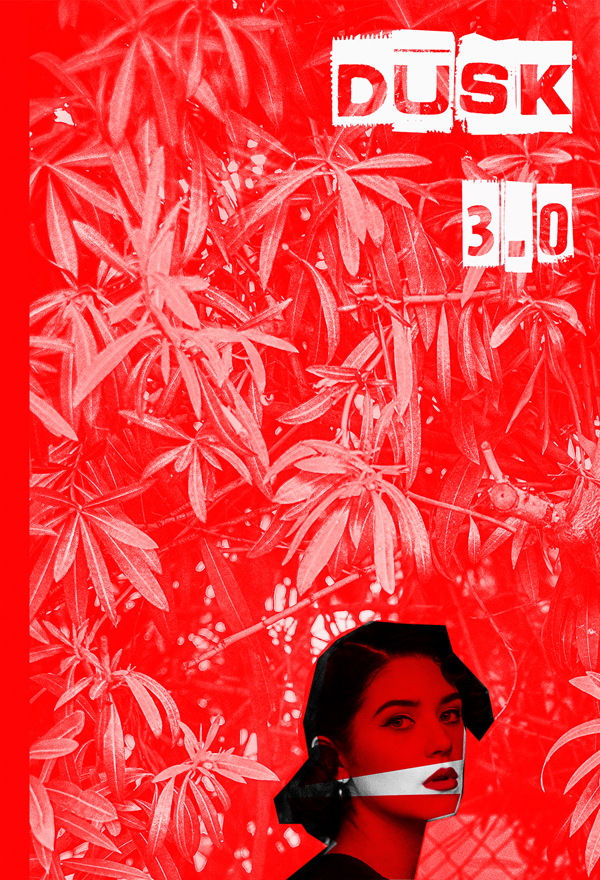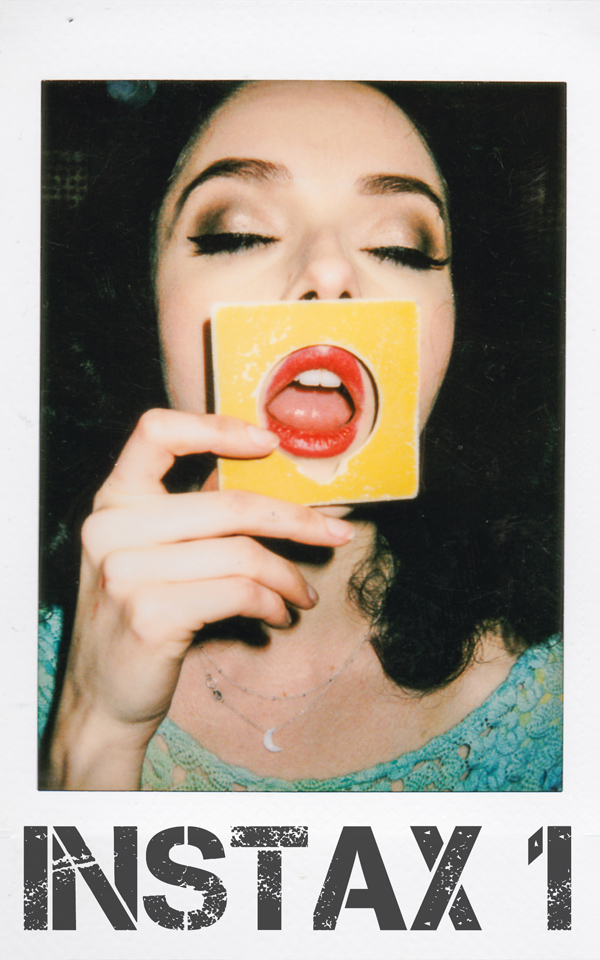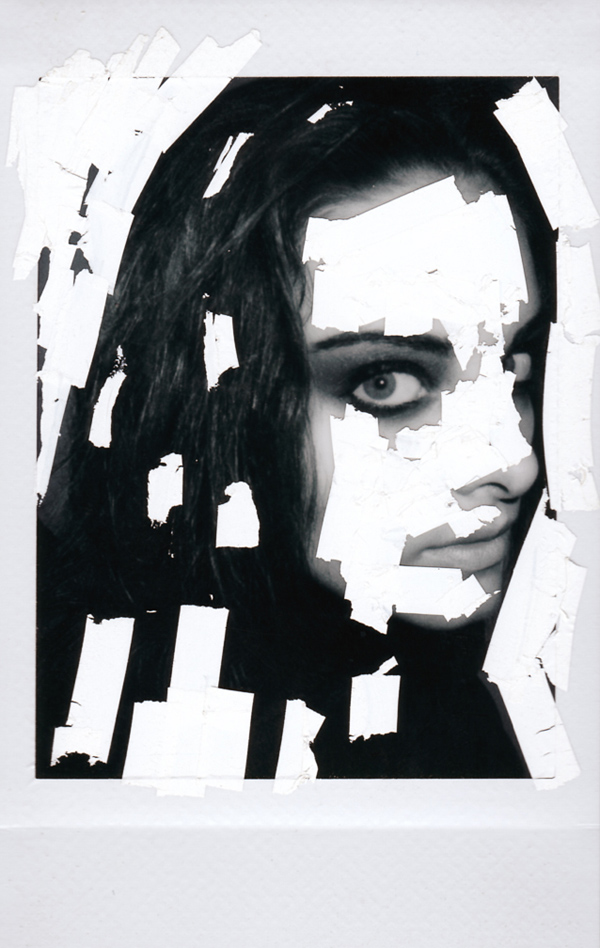Why You Should Be Making Photo Zines
As I was gearing up for the Phoenix ZineFest, I thought a lot about what an underutilized medium zines are in the model photography community. Many of us strive to be involved in a cutthroat magazine culture that is shrinking in both readership and income- you’re considered lucky if you can get published in a physical magazine for no pay, and online magazine spaces are really no different than blogs, except for the vanity press component included in things like MagCloud. Zines, on the other hand, are short-run, self-published pieces so easy to make and sell that they can double as both product and promotional giveaway.

Low-Cost
Zine culture is largely based around the copy machine or other cheap methods of printing; neither the consumers of zines nor the producers of zines focus on the high-end object. Why? Because in the world of indie art, being poor is a badge of honor, marketing to wealth is the original sin. Zines are by the proletariat for the proletariat; we disseminate our creations and our art in the most affordable, easy-to-produce method. Often we sneak around in our day job offices to take advantage of the copy machine when no one’s looking, or we bite the bullet and invest a few quarters into printing our manifestos and confessionals. It’s easy to burn off any number of copies when supplies run low- as opposed to any other kind of vanity book publishing, which typically requires a particular threshold number of copies printed, and often at such a high cost that it’s unlikely to turn a profit at all.

Curation
Photo zines allow for the curation of themes, concepts, and series. They can be a final statement on what these photos are all about, presented in an order intended by the artist. It’s vastly preferable to guide viewership in this manner, rather than the common social media experience of a random photo from a series here and there, seen out of order or never in the context of a series. We don’t choose to read books via random paragraphs – we shouldn’t treat our visual art solely through randomized one-offs.

Community
All creative people have had these moments of self-doubt, of loneliness, where we question whether anything we make is of any value to anyone else, including ourselves. When we create in a vacuum and only interact with others artistically via the occasional photoshoot and social media, it’s a massive erosion to our positivity and creativity. Zine culture allows you to interact with people face to face in zine fests, make work that they can hold in their hand and have a real personal, physical interaction with. You’ll see your art means something real- to real people. They’ll remember you and value your art in ways far greater than the casual swipe of an image on a smartphone.

Inclusivity
Zine culture prides itself on inclusivity for women, people of color and the LGBTQ community- so mainstream magazine fare of models in the vein of Vogue, Playboy, Maxim etc. would be less likely to find an audience through a zine fest than something quirkier, more off-kilter and more focused on storytelling through imagery.

Focus
When making your zine, look for a common thread to your images rather than a “Greatest Hits” style package. I have put together zines focusing on one model and ones focusing on one particular style (instant film, never mixing color and black and white). When tabling at a zine fest, or selling your wares online or in a zine distro, it’s phenomenally important to be able to deliver the elevator pitch of what you’ve got – “this zine is about adventures with my daughter and includes her words of advice to her fellow first graders on Valentine’s Day”, or “this zine contains noir-ish black and white portrait photography work shot on instant film” sells a lot more zines than “this zine explores interactive graphic design of people and places I’ve shot over the last 10 years, and includes random puzzle pages…” The latter is too overly complicated- “you gotta see it to understand it” – while the former two examples evoke a certain vibe that entices customers.

Inspiration
I’d like to recommend some photo zines made by others. Locally in Arizona, Death West Film has put together a great collection from female film photographers. A Parade of Strangers by Ed Pavez collects a straight month of medium format street photography, Polyester Zine has colorful dark fashion with alt-models, and Buffalo Zine is a neat parody of high fashion magazines.
When the lines blur between a website, an Instagram page, a print-on-demand service like Blurb or MagCloud, and a zine, the best place to seek out authentic printed zines are a (such as Phoenix’s Wasted Ink Zine Distro) or your local zine fest, dozens of which take place across the country. Meet real artists putting together real art at an affordable price, or be one of them yourself. There are no barriers, no gatekeepers, just the purest form of unbridled creativity.




November 28, 2018 at 1:14 am, artfull said:
This article is long on enthusiasm and personal images, short on relevant details that address the best ways to do the printing and how to market. I agree that a physical magazine is great. But obviously there’s a big difference between printing a magazine on your home printer versus having a higher quality publication done on more professional equipment. The article says photo zines are easy to make and sell, but that’s not entirely true. If you print it yourself on the cheap, it takes some effort and requires you do all the marketing yourself. I’ve done at least two photo magazines using Magcloud (which the author mentions), and those can also be in the form of a bound book if I want. The print quality is excellent, and the cost is dependent on how many copies you want for yourself. Resulting magazines are available for sale on Magcloud and Issuu. Both have digital readers that are very nice, Issuu maybe somewhat better in that regard. It’s an impressive display of the finished production. Many well-known titles are available on those sites along with self-published magazines. The production requires creating a complete design and uploading with the appropriate format. (See my title in two versions at Issuu and type in a search for “Elyssa” magazine) I’ve never been to a “zine fest,” but I can’t imagine that you make much money selling at such an event, so it’s more about a few people saying wow, that’s cool. That’s fine, but this article doesn’t address how you might expand the readership, find a world of customers beyond the “zine fest”, and make money once you have a finished magazine in print. Though Issuu and Magcloud offer great sales platforms and some advice about sales, it’s challenging to actually find a bigger audience to buy what you produce. So the biggest challenge is marketing and distribution. For me, it was a thrill to have a beautiful printed magazine to hold, show, share and maybe sell a few online. I wish I could do even more with it.
November 17, 2018 at 1:47 pm, Bill Wynn said:
my question is….after creation where do you publish these?